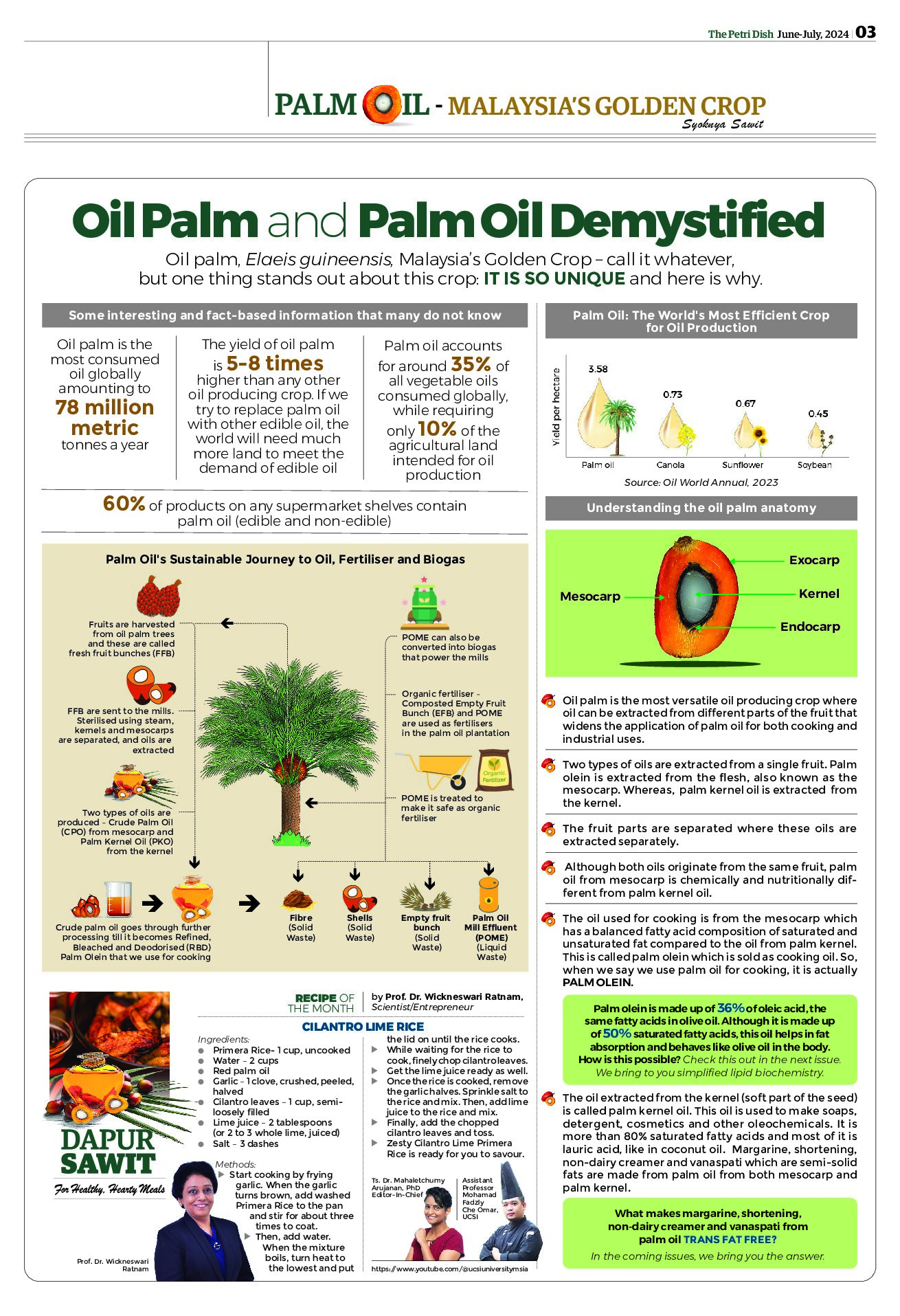A SOUTHWEST Research Institute-led team discovered evidence of abundant water-bearing minerals on the surface of the near-Earth asteroid (101955) Bennu. Using early spectral data from NASA’s OSIRIS-REx spacecraft orbiting the asteroid, the team identified infrared properties similar to those in a type of meteorite called carbonaceous chondrites.
“Scientists are interested in the composition of Bennu because similar objects may have seeded the Earth with water and organic materials,” said SwRI’s Dr Victoria Hamilton, a mission co-investigator and lead author of a paper outlining the discovery published March 19 in Nature Astronomy.
“OSIRIS-REx data confirm previous ground-based observations pointing to aqueously altered, hydrated minerals on the surface of the asteroid.”
Typical planetary models show that around 4.6 billion years ago, the solar system formed from the gravitational collapse of a giant nebular cloud. The Sun, planets and other objects such as asteroids and comets formed as materials within the collapsing cloud clumped together in a process known as accretion.
Carbonaceous chondrites, which come from asteroids, show evidence for post-accretion interactions with water and/or ice that led to chemical reactions that produce hydrated minerals.
Because these meteorites and their parent bodies formed close to the beginning of the solar system, they may provide clues to the distribution, abundance and movements of water in the solar disk at these times.
“During planetary formation, scientists believe that water was one of many chemical components that accreted to form Earth; however, most scientists think additional water was delivered in part by comets and pieces of asteroids, including water-bearing carbonaceous meteorites,” Hamilton said.
“Many of these meteorites also contain prebiotic organic chemicals and amino acids, which are precursors to the origin of life.
“The details of water delivery to Earth as well as the larger issue of the different inventories of water ice in the early solar system affect how we view solar system formation.”
Two types of carbonaceous chondrites called CI and CM chondrites contain several per cent by weight of organic compounds and some also contain water in abundances of 10-15 per cent and as much as 20 per cent in rare cases.
The presence of volatile organic chemicals and water indicates that they have not undergone substantial heating.- Southwest Research Institute

















